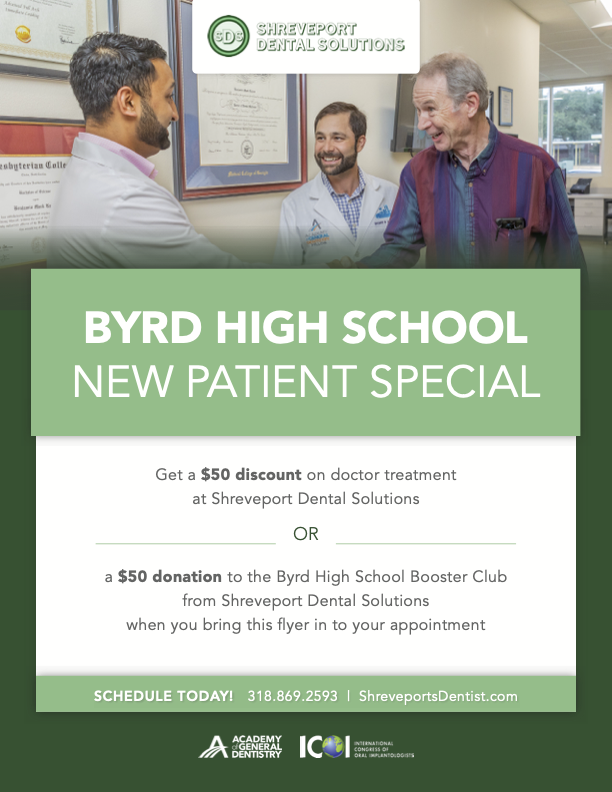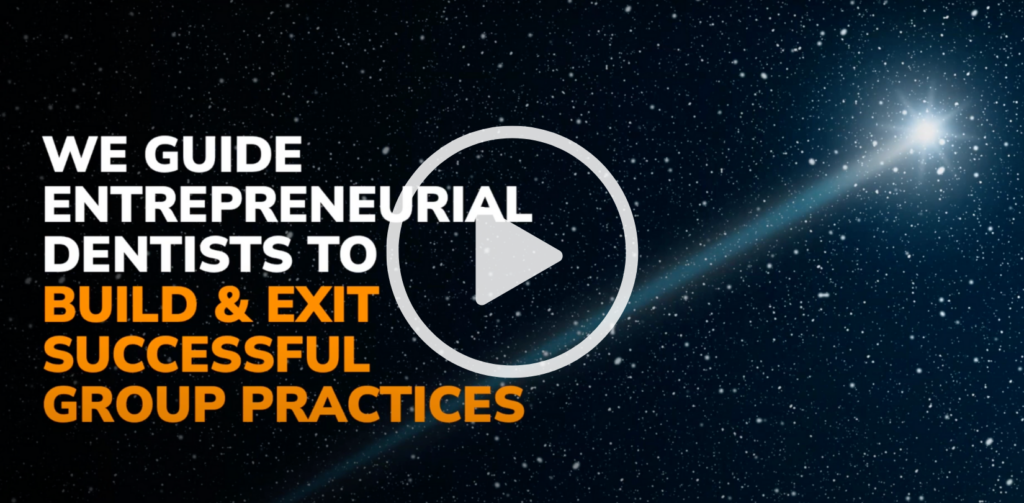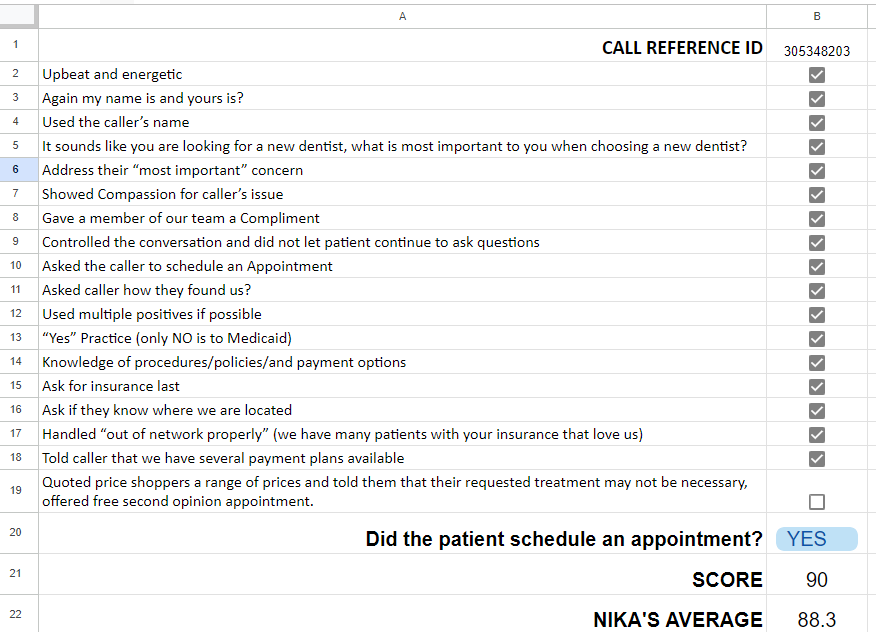Today’s world is consumed by technology and innovation, and oftentimes what society needs most is the human aspect of life: building relationships and focusing on the soft skills people have that an algorithm does not. Marketing dentistry has increasingly centered on SEO (search engine optimization) and getting our practice websites to rank higher when prospective patients search online for dental solutions.
I personally allot a tremendous amount of time, energy, resources, and money towards growing my practice’s online presence. With all of this being said, I believe that we are leaving a lot of meat on the bone by ignoring old school guerrilla marketing strategies. I have created many guerrilla marketing techniques that have proven to be wildly successful. I will touch on a couple of these ideas to help you grow your practice.

Simply ask! We have all heard that we should ask our current patients for referrals, haven’t we? Current patients know, like, and trust us. Current patients are a wonderful source of high quality new patients. So why don’t we do this more? In many cases, adding one more thing to our team’s list of responsibilities strikes fear in our souls. In other cases, we do ask our teams to ask for referrals and they do it sporadically.
Let me share how I solved this problem. The solution is simple and in typical fashion it all starts with the leader: you.
Every time I present treatment I use this quote: “My wonderful treatment coordinators will go over insurance benefits if you have them, several monthly payment plans that many of our patients love, and even a way to save $50 on your treatment.” This primes the treatment coordinator to discuss these topics and primes the patient to ask for these things if the TC drops the ball. That $50 discount is for referring someone to our practice. When a patient refers someone to us, both the new and existing patient get a $50 credit towards doctor treatment when the new patient presents for their first appointment.
We had our graphic designer create some great rack cards that market our practice on one side and on the other side serve as a ticket or coupon for the $50 discount. It has blanks for the source of referral and the new patient’s name. The new patient brings this to their first appointment and everyone wins! We put these refer and save rack cards in our new patient bags, we have graphics that describe the system on TVs throughout the office, and of course we cover that system with every treatment plan. This has been a success in our office. I am sure that if you implement this strategy you too will benefit.

Another guerrilla marketing campaign is our school pride t-shirt campaign. We print soft t-shirts for area high school athletics in their school colors. The front may say “Go Elephants” and the back has our practice logo across the shoulder blades. We had graphic design make unique full color fliers that we wrap around each shirt with a ribbon. The flier markets our office and has an offer with a choice on it. The choice is a $50 discount on doctor treatment or a $50 donation to the school’s booster club.
We bring the shirts to the sports teams prior to the season and give each player a shirt for their parents to wear to their games. Also, we give these shirts to cheer leaders to throw out to the crowd at sporting events. You can also keep a stash of these shirts at the office to give to current patients. You can find wholesale screen printing shops or even Alibaba to save money on the shirts.


Consistent branding is paramount and often lost in the new Google world that we live in. We must remember we influence Google search terms before they are typed in; the more our practices are specifically searched, the higher we move in the rankings.
I will be covering many guerrilla marketing programs that have been successful for us at my Case Acceptance and Marketing Masterclass on January 11, 2024 in Scottsdale, AZ. Ryan Gross will be joining me to elaborate on marketing strategies and he will be sponsoring a cocktail hour. Come learn how we continue to increase the number of new patients we see month after month. Don’t forget to use the DSN discount code DSN2024.








